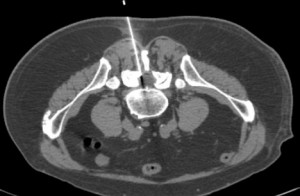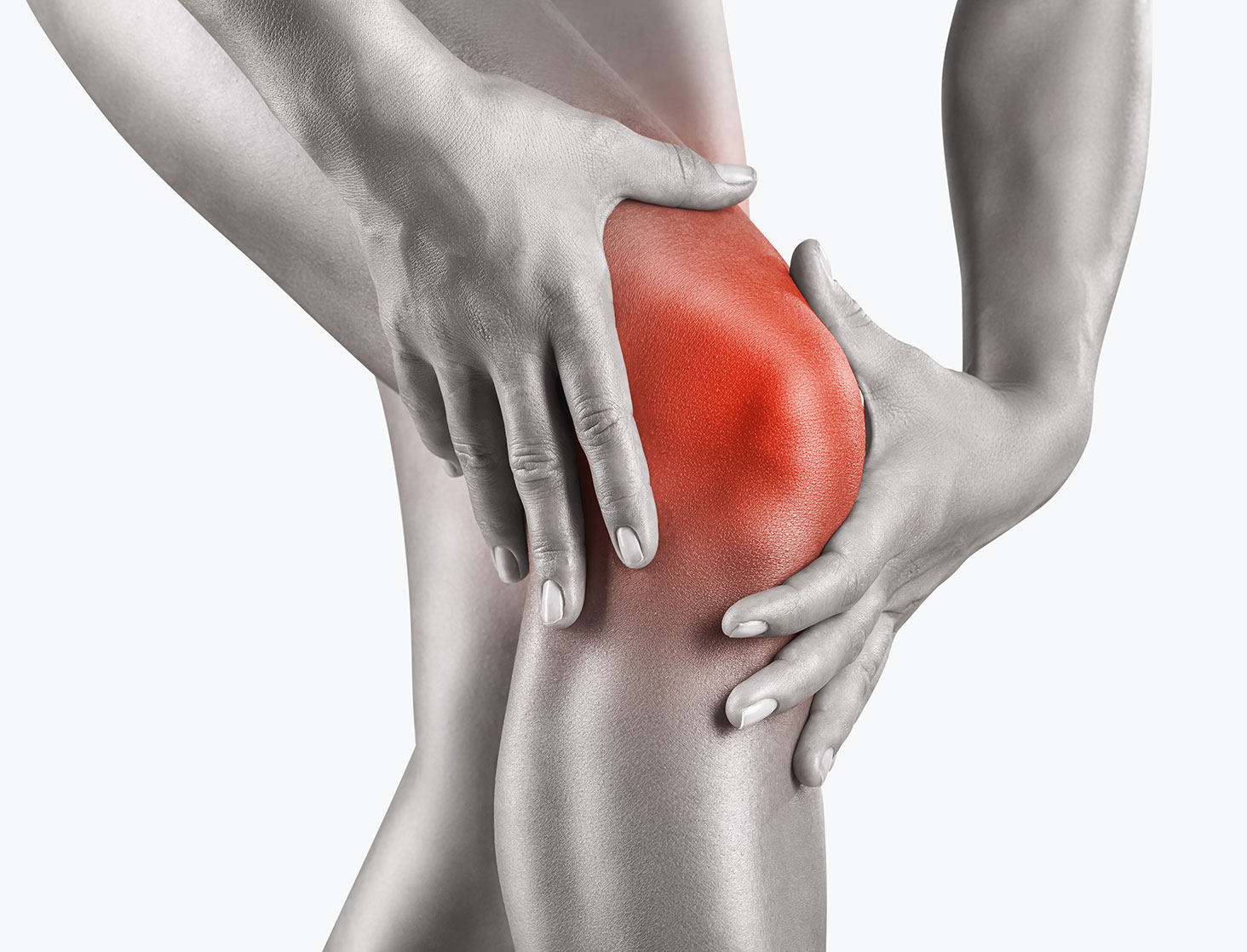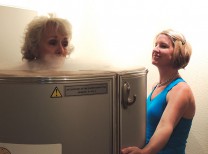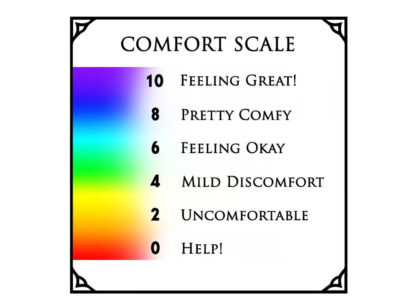Dr. Jones, a busy local surgeon, presented with a six-week history of knee pain, which was not improved with aspirin and non-steroidal anti-inflammatory medication. A knee MRI showed moderate to severe osteoarthritis without a definitive surgical indication. Dr. Jones was offered an image-guided cortisone injection directly into the knee joint, and 48 hours after the procedure his pain had totally resolved and he was able to return to his normal routine. Dr. Jones remained pain-free for 1 year, at which time he returned for a repeat injection. He is now 4 months out from his second injection, operating 6 to 8 hours per day without knee pain.
While Dr. Jones’ case is an example of an optimal outcome, it illustrates the anti-inflammatory potential of a corticosteroid injected directly into a joint. An average patient can expect about 3 to 6 months of pain relief depending on the severity of the underlying disease. Many conditions where inflammation is an underlying problem are amenable to cortisone shots: bursitis, arthritis, tendonitis, tennis elbow, back pain. Cortisone is a medication similar to the hormone cortisol, produced normally by our adrenal gland. Cortisone decreases the swelling in a muscle or joint by limiting capillary dilatation and permeability and reducing the release of destructive enzymes.
So, how many injections can I have?
There is no hard and fast rule regarding the number of cortisone injections to one area of the body. However, if one or two cortisone injections to one region do not improve a problem for a sustained period of time, then it is unlikely that more cortisone injections will be of any benefit. Repeated cortisone injections are not for healthy tissues and can cause damage over time if performed too frequently. Sometimes, this is of little concern. For example, if a patient has severe knee arthritis and a cortisone injection every 6 months offers significant relief, then the number of injections probably does not matter too much. On the other hand, if a patient has tendonitis in the shoulder, which is otherwise healthy, the number of injections should probably be limited to prevent further tendon damage.
Lisa, age 50, a local MRI technologist, had excruciating hip pain causing a severe limp while performing her patient care duties. An MRI showed advanced osteoarthritis of her hip joint. 48 hours after a CT-guided cortisone injection, she was pain free, walking normally. She was immediately able to return to work performing all of her usual duties.

Image-guided injection goes directly into the joint as in this spinal injection.
What can I expect?
The doctor will localize the best site for the cortisone injection using a CT scanner, ultrasound unit or x-ray machine. This allows the physician to “see” the tissues beneath the skin in order to accurately deliver the medication where it will have maximal effect. The skin is cleansed with an iodine solution. It is anesthetized with a numbing spray or xylocaine injection. A needle is then placed into the joint, bursa, peri-tendon soft tissues or epidural space. The injection is performed with a mixture of cortisone and Marcaine which “numbs” the site for about 3-4 hours. A bandage is placed at the injection site and the patient is discharged. After 3-4 hours, the patient’s usual pain will return for about 1 to 2 days, at which time the cortisone will start to exert its maximal anti-inflammatory effect. In a typical case, pain relief should continue for the next several months at which time the patient may contemplate a repeat injection.
Dr. May is a Board Certified Interventional Radiologist at Desert Medical Imaging in Indian Wells, Palm Springs, and Indio and a member of Desert Doctors. For more information please call (760) 694.9559 or visit DesertMedicalImaging.com.












































Comments (3)
How soon after can a patient receive a massage after a cortisone injection?
Gabriela – Please see Dr. May’s response below.
Thank you for reading Desert Health!
Lauren Del Sarto
Publisher
A patient could have a massage immediately in almost all cases. However, after a trigger point injection, a 12 hour wait would be beneficial.